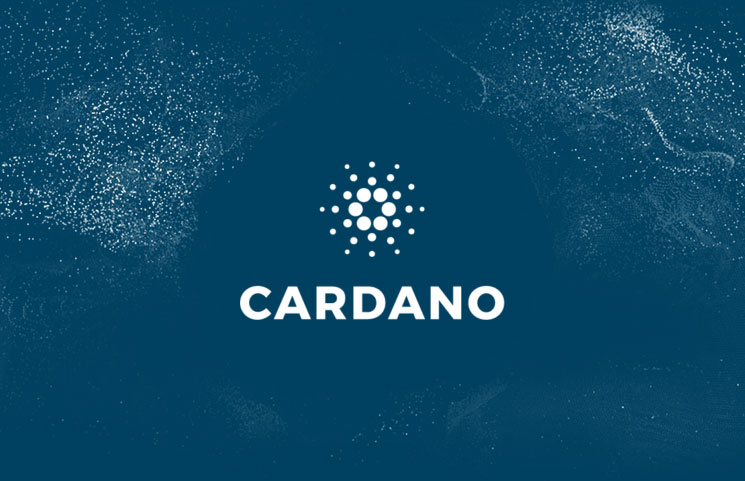Cardano (ADA)
Cardano (ADA): Coin Prices, Headline News & Blockchain Predictions

About Cardano (ADA)
Released in 2017, Cardano is a blockchain based financial platform. The project is developed by the non-profit Cardano foundation.
Cardano is built in layers. These layers allow the project to be upgraded via “soft forks” as necessary. These smaller updates will allow the project to scale and grow without the typical interruptions of a hard fork.
The platform also uses a new proof of stake protocol named Ouroboros which brings their security on par with proof of work (PoW) coins. While the Cardano platform has some promising features they have yet to deliver a working product which could put them behind many other similar projects angling for market share in this space.
Layered technology
The Cardano platform is built on multiple layers. The settlement layer is responsible for handling tokens and economic transactions. This layer for example is where transactions involving ADA, the currency of the Cardano platform, will take place.
There is also a control layer where smart contracts can be executed. By separating their platform into layers they can better organize data, and this function also helps to protect the privacy of their users. Regulators can access what is necessary, but not everything.
These separate layers also allow soft forks to upgrade the chain as needed in a more subtle manner. This layering is the key difference from other platforms which require more data for these transactions to occur on the chain. All of this makes their platform more flexible than other similar cryptocurrencies even though their core goals, and even their processes seem similar.
Peer reviewed process
All of Cardano's code goes through a heavy review process. Their network of researchers painstakingly monitors the code for flaws and vulnerabilities. This type of scrutiny is of the most use in the financial industry where the regulations involving banks, lending, or even government applications would be subject to much higher security concerns than everyday applications would.
Cardano relies on an assiduous team of engineers and academics who manage this process. A peer reviewed approach to a decentralized network aims to work with both individuals and regulators to achieve a compromise that allows for the protection of user's privacy, but also for the stringent security needs required by these institutions.
Ouroboros
Ouroboros is Cardano proof of stake protocol (PoS). While proof of stake is much more energy efficient it is often criticized as not being as secure as proof of work.
Cardano’s solution allows for the necessary security without the high carbon footprint of legacy mining models. This also eliminates the scaling problems often experienced by proof of work projects once their energy needs reach certain levels. The security of this process has been peer review verified, and is comparable to that of Bitcoin.
Holders of ADA will soon also be able to earn additional coins by staking their investment on the network. This is a consensus based protocol that will randomly choose a node for block confirmation, and then reward the chosen node with tokens.
Roadmap
The first phase of Cardano was dubbed Byron. The team is currently working on the release of their second phase, Shelley, which is scheduled for a Q3 2018 release and focuses on growing the technology into a fully decentralised and autonomous system.
The third phase, Goguen, will see the integration of smart contracts, while the fourth and fifth phase, Basho and Voltaire, will aim to improve network performance and add a treasury system and governance.

()- Price $0.000000
- Market Cap
0.000000











